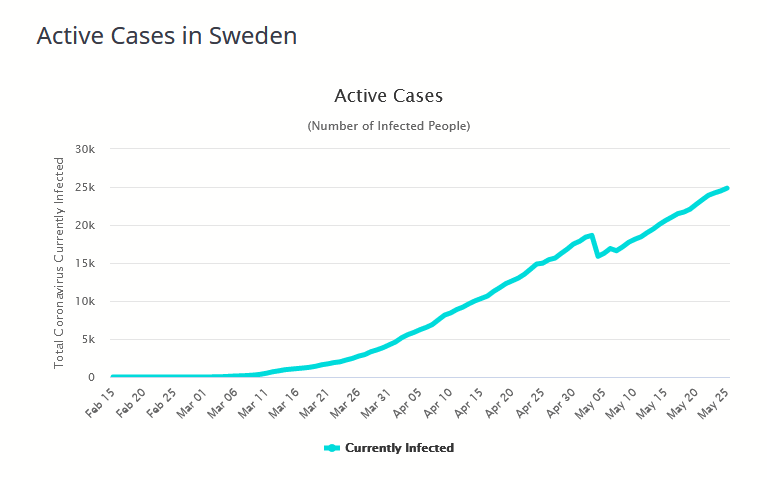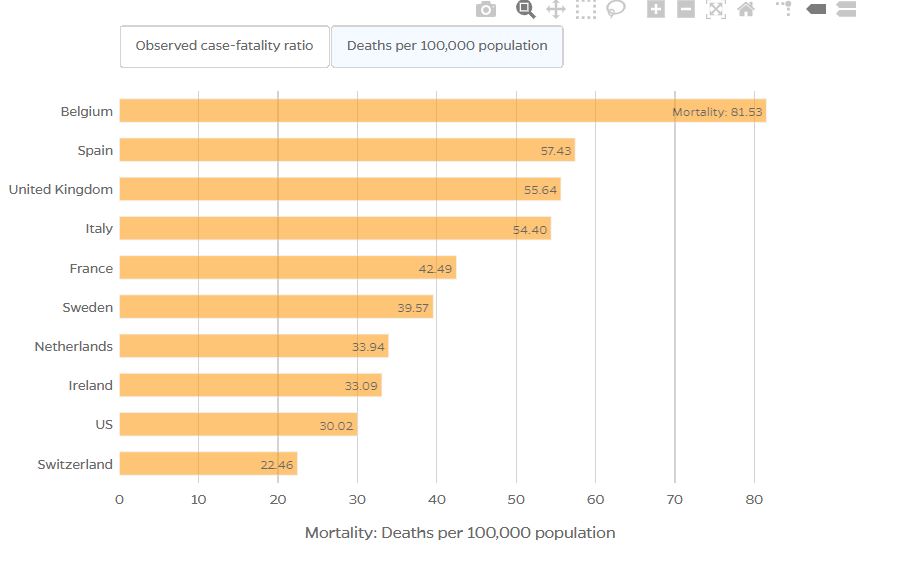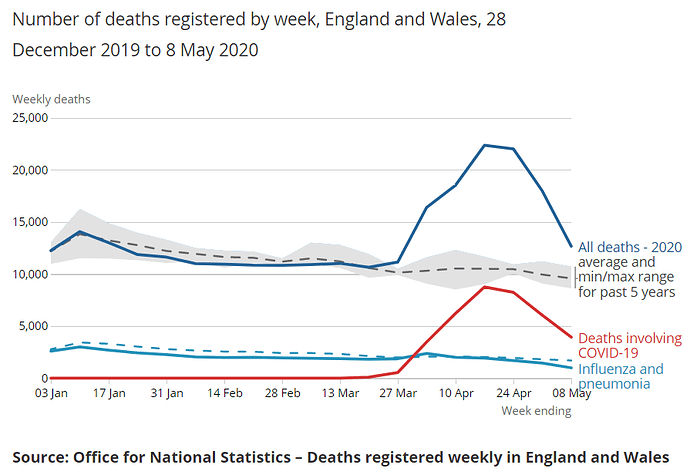It really varies. Norway and South Africa, for example, are below the normal expected number of deaths. Economic slowdowns tend to reduce overall mortality, and the Covid-19 deaths in those two countries have not been enough to make up the difference.
Toward the other end of things are Spain, the U.K., Belgium, Ecuador, etc. Those four, from March-April or March-May, were well over the normal mortality, +60%, +63%, +63%, and +84%. New York City, from mid-March to mid-May, was +254%.
One can question the underpinnings, which in our case is a vast amount of debt, but there’s precious little that any of us can do about that, as individuals, almost without exception. The effect on the economy is mostly not a matter of policy, i.e. the global markets and people’s behavior changed a lot even without any gov’t decrees. The study below found that ~1/4 of the rise in unemployment was the direct effect of stay-at-home orders.
We calculate that the direct effect of stay-at-home orders is accountable for 4 million unemployment insurance claims between 14 March and 4 April, which accounts for approximately a quarter of the overall rise in unemployment claims in that period. The direct effect of stay-at-home orders on unemployment is therefore small relative to the aggregate increase in unemployment insurance claims, suggesting that a large majority of the increase in unemployment may have occurred in the absence of such orders.





 That’s pretty comprehensive. Well done.
That’s pretty comprehensive. Well done.